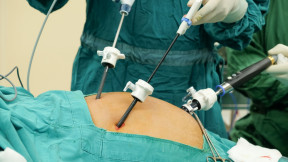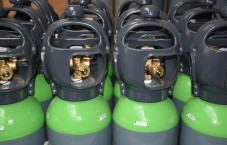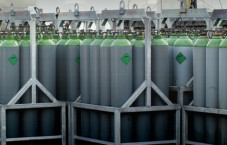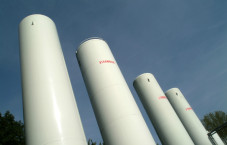CO₂ with laparoscopy

Laparoscopy is a surgical intervention in which carbon dioxide (CO2) in gaseous form is used to increase the abdominal cavity and therefore make it easier to reach certain components or to inspect the abdominal cavity.
Application scope
Laparoscopy is basically an endoscopy of the abdominal cavity. After an incision is made in the navel, carbon dioxide by means of a hollow needle is blown in the abdominal cavity. Subsequently the needle is removed and through the incision an opening is made in the abdominal cavity.
In the opening the endoscope can be inserted for the laparoscopy.
Since 2010 there is a new technique for laparoscopy: The Laparo Endoscopic Single Site or LESS-technique. With this technique, the surgeon operates through 1 opening so that after a period of time usually no scar remains because the only scar is lost in the navel. The technique can be applied in principle to all operations that can be performed through the normal laparoscopy.
Both surgeons, neurologists as well as gynaecologists can perform laparoscopies.
Requirements
IJsfabriek Strombeek is a reference in the field of carbon dioxide (CO2). You can come to us for both large and small volumes. Together with you we will determine the most appropriate and most cost-effective delivery form (cylinders, frameworks or tanks).
Advantages
- The carbon dioxide (CO2) is easily dissolved in the blood as bicarbonate, thereby reducing the risk of embolism (formation of gas bubbles in the blood, through which the blood circulation can be interrupted) during or after the laparoscopy
- CO2 has little influence on the distribution of the blood over the body (little hemodynamic effects) and on acid-base balance in the blood
- CO2 is a normal degradation product that can easily be absorbed in the blood, and also easily be removed through the respiratory tract
- CO2 is not flammable, and is thus not a danger for ignition during laparoscopy following accidental admixture with explosive intestinal gas (such as methane)
Delivery forms



